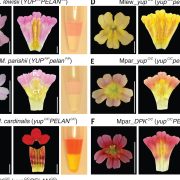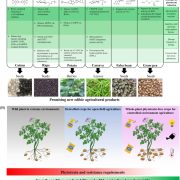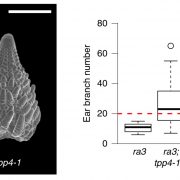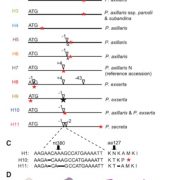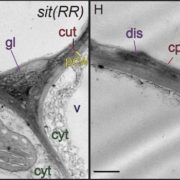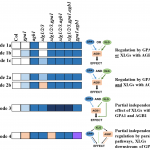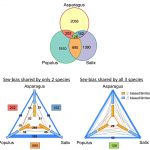Opinion. Anthropogenic seed dispersal: Rethinking the origins of plant domestication (Trends Plant Sci)
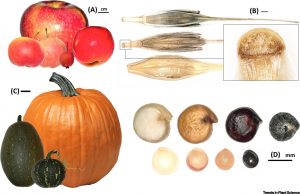 Studies regarding the development of agriculture have started to integrate a plant evolutionary perspective. In this context, Spengler explores how changes in seed dispersal allowed plant domestication during the first half of the Holocene (e.g., more than 5000 years ago). He starts by redefining domestication as “the evolution of new traits to support a mutualistic relationship with humans“. The paper outlines four pathways that explain the changes in different crops. The first explains how robust reproductive structures allowed humans to domesticate mechanical-dispersed species, such as cereals and legumes. The second and third pathway present how humans became dispersers of large-fruited trees and herbs and how this impacted fruit size. Finally, the fourth pathway explores how ruminant-dispersed grasses increase seed size and loose dormancy in response to cultivation. With his paper, Spengler highlights that domestication is “part of the evolutionary arms race” and that embracing it like that would benefit future studies regarding agriculture’s origins. (Summary by Carlos A. Ordóñez-Parra) Trends Plant Sci. 10.1016/j.tplants.2020.01.00
Studies regarding the development of agriculture have started to integrate a plant evolutionary perspective. In this context, Spengler explores how changes in seed dispersal allowed plant domestication during the first half of the Holocene (e.g., more than 5000 years ago). He starts by redefining domestication as “the evolution of new traits to support a mutualistic relationship with humans“. The paper outlines four pathways that explain the changes in different crops. The first explains how robust reproductive structures allowed humans to domesticate mechanical-dispersed species, such as cereals and legumes. The second and third pathway present how humans became dispersers of large-fruited trees and herbs and how this impacted fruit size. Finally, the fourth pathway explores how ruminant-dispersed grasses increase seed size and loose dormancy in response to cultivation. With his paper, Spengler highlights that domestication is “part of the evolutionary arms race” and that embracing it like that would benefit future studies regarding agriculture’s origins. (Summary by Carlos A. Ordóñez-Parra) Trends Plant Sci. 10.1016/j.tplants.2020.01.00
[altmetric doi=”10.1016/j.tplants.2020.01.00″ details=”right” float=”right”]


